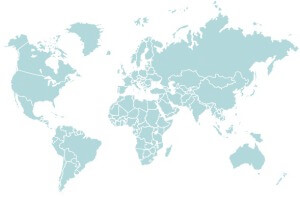Our continuing research drives new coaching practices that our clients benefit from every single day. And our coaching generates new research that we can apply in the future.
Diets. They've become a cliche, haven't they? We're on them, then we're off. We stick to the program, then we fall "off the wagon".
We're told that if we just found the perfect program -- and were just a little more disciplined, had just a little more willpower -- we'd finally be successful.
But that's the great lie of the fitness and nutrition industry.
Yes, it sells more diet books. And yes, it helps fitness gurus get more attention.
But it does nothing to help you figure out what works for you and how to stick to it.
Here's the truth: If you repeatedly struggle with diet programs, jumping on another diet program can't be the answer.
What you need instead is guidance. Someone who can help you figure out the few important things you should be doing differently.
Someone who can walk alongside you, troubleshooting the inevitable challenges and difficulties that come up.
That's real coaching, and that's what we do at Precision Nutrition.
Since 2000, our world-class, multidisciplinary team of counselors, doctors, exercise specialists, naturopaths, and nutritionists have coached more than 200,000 people in nearly 100 countries through our coaching and certification programs.
When working with our clients:
- We listen to their needs and what they want to accomplish.
- We learn how they live.
- We discover what’s really important to them.
- We work together to create the right nutrition and exercise approach; personal and unique, based on their goals and lifestyle.
- And then we coach them through the process; helping with the inevitable roadblocks along the way to success.






















